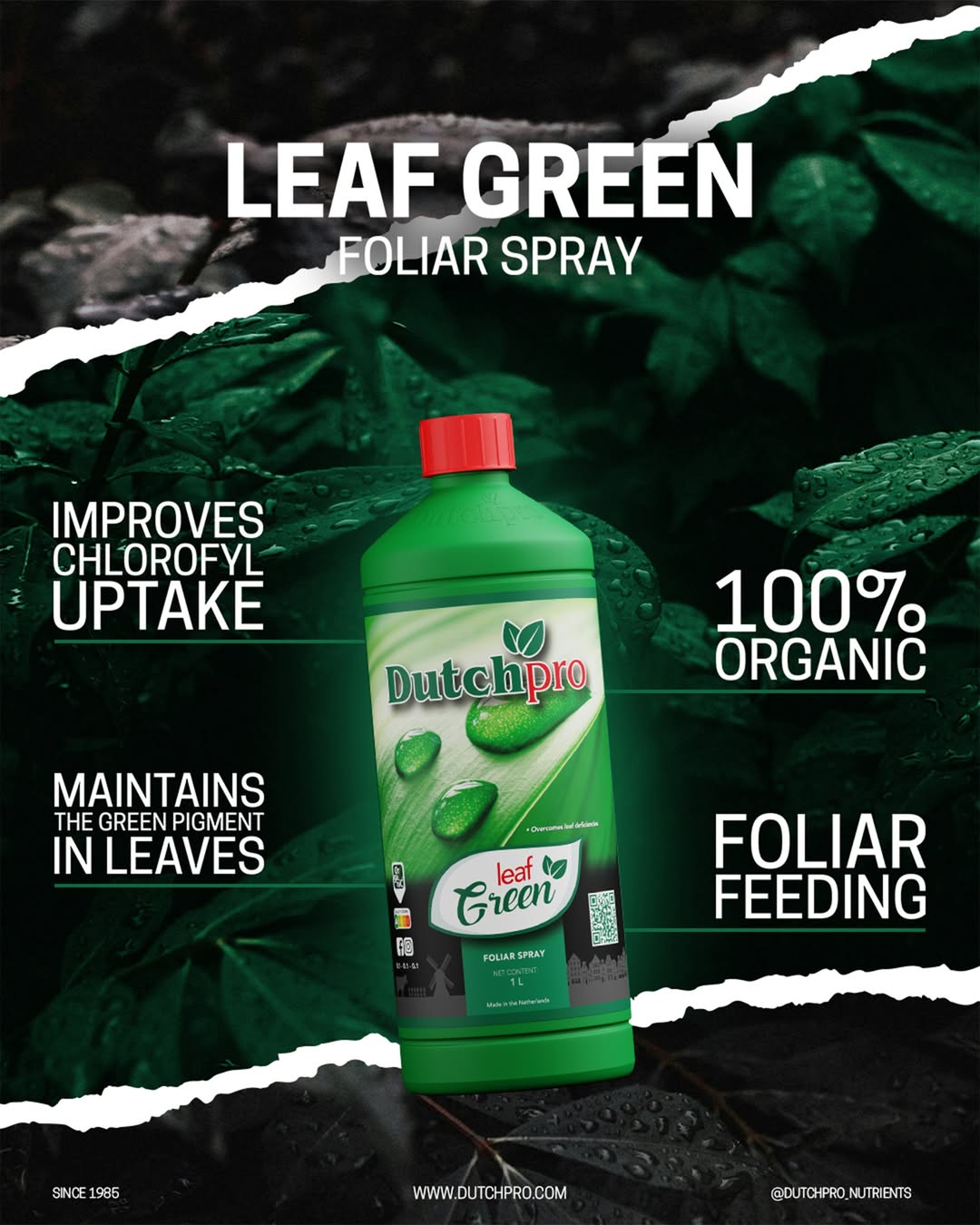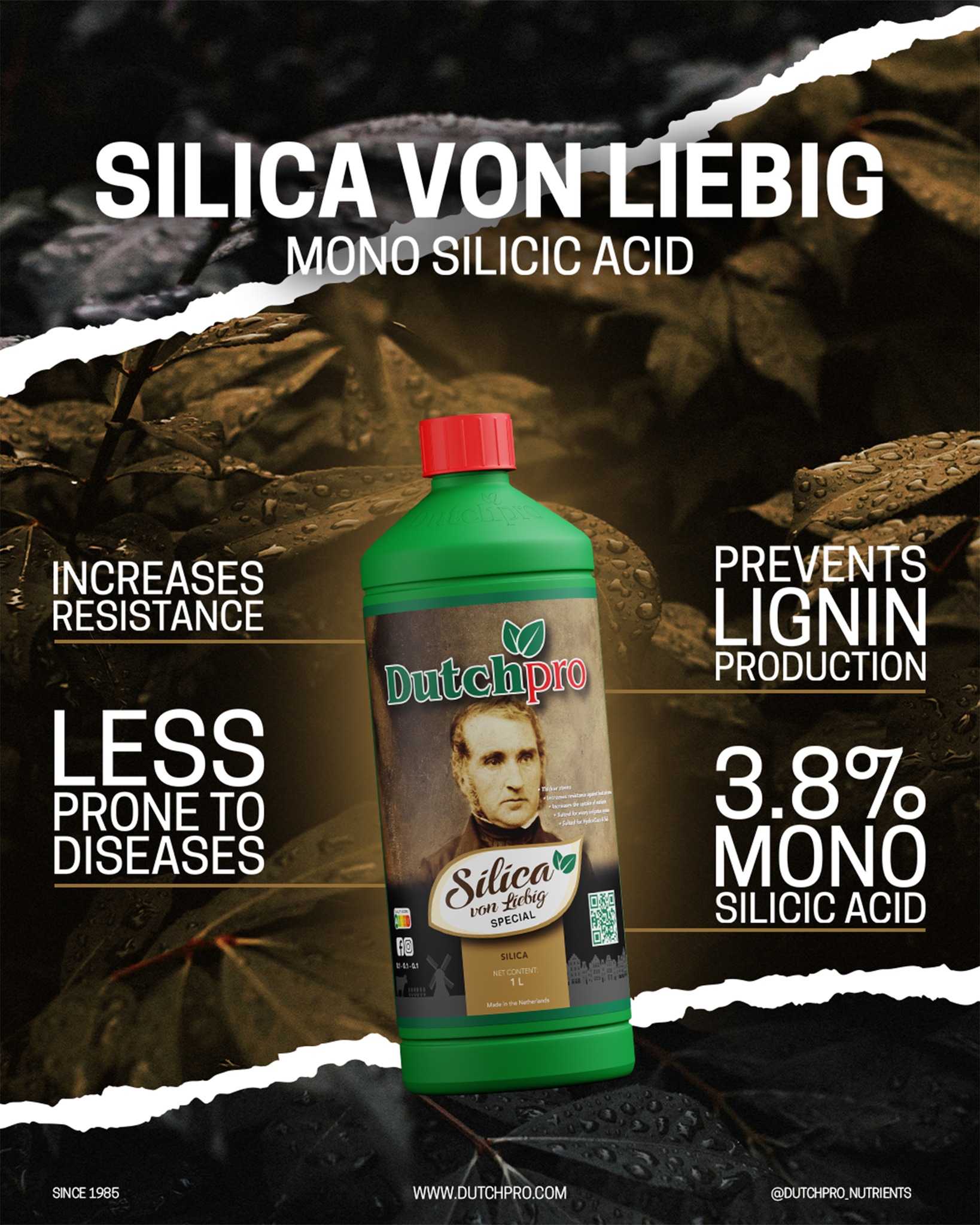How can we make more plants out of one? Can we do it with every plant? Years of research, trial and error have develop multiple ways to “make new plants”
In this article we will provide you with all the information you need about propergation. This is the Ultimate Guide about propargation
- General information
- What is propagation
- Can every plant be propagated
- Different practices of propagation
- How to choose a main plant
- How to propergate
- The process of growing a new plant
- Special care for propagation
- When to transfer
2. What is propagation
Propagation refers to the process of creating new plants from existing ones.
3. Can every plant be propagated
Not every plant can be propagated using the same methods. Some plants are easier to propagate than others, and the success rate can vary depending on the specific plant and the method used. Some plants can be propagated using several different methods, while others may only be successfully propagated using one method.
It is important to research the specific propagationmethods that are most suitable for the plant you are trying to propagate. Some plants may have specific requirements for temperature, humidity, or rooting hormone use in order to be successfully propagated.

4. Different practices of propagation
There are several different methods of propagation, including:
Seeds:
Plants can be propagated from seeds, which are the fertilized ovules of a plant that contain the embryo and food supply for the seedling.
Cuttings:
Cuttings involve taking a piece of the stem, leaf, or root of a plant and encouraging it to grow roots and develop into a new plant.
Layering:
Layering involves bending a low-lying branch down to the ground and covering a section of it with soil or compost to encourage it to produce roots.
Division:
Some plants, such as perennials, can be propagated by dividing them into smaller sections and planting each section separately.
Grafting:
Grafting involves attaching a piece of one plant (called the scion) onto the root system of another plant (called the rootstock). The scion will then grow into a new plant that is genetically identical to the parent plant.
Propagationis a useful technique for gardeners and farmers as it allows them to create new plants without having to purchase new seeds or plants.

5. How to choose a main plant
There are a few factors to consider when choosing a main plant to take cuttings from:
Health: It is important to choose a healthy plant that is free from pests, diseases, or other stressors. The health of the parent plant will directly affect the health of the cutting.
Age: Younger plants tend to be easier to propagate from cuttings than older plants.
Vigor: Choose a plant that is growing vigorously, as this will indicate that it has a strong root system and is more likely to produce successful cuttings.
Genetic characteristics: If you are trying to propagate a plant with specific characteristics, such as a particular flower color or fruit variety, make sure to choose a parent plant that has those characteristics.
Ease of rooting: Some plant species are more prone to rooting than others. Research the specific plant you are interested in propagation to determine its ease of rooting.
It is also a good idea to take cuttings from several different plants to increase the chances of success. This way, if one cutting does not take, you will have others to fallback on.
6. How to propergate
here are some general tips for propagating plants:
Choose healthy, disease-free plants to propagate. This will give you the best chances of success.
Select the right method of propagation for the plant you are working with. Some plants can be propagated through seeds, while others can be propagated through cuttings, division, or layering.
Follow specific instructions for the propagation method you are using. Each method has its own set of requirements, such as the type of soil, the amount of moisture, and the temperature range that is needed for success.
Use sterile tools and equipment to prevent the spread of disease.
Keep the propagated plants in a warm, well-ventilated area with plenty of light. Water them regularly, but avoid over-watering.
Monitor the progress of your propagated plants and address any issues that arise as soon as possible.
7. The process of growing a new plant
The growth process of a propagated plant typically goes through several phases, including germination, seedling, and maturity.
Germination: This is the first phase of growth, during which the seed starts to sprout and grow roots. Germination is triggered by the right combination of moisture, temperature, and oxygen.
Seedling: After germination, the plant enters the seedling phase, during which it continues to grow roots and develops its first set of true leaves. This is a critical phase of growth, as the plant is establishing itself and becoming more independent from its seed.
Maturity: After the seedling phase, the plant will continue to grow and mature, eventually reaching its full size and potential. This can take anywhere from a few weeks to several years, depending on the type of plant.
It’s important to provide proper care and conditions during each phase of growth to help the plant thrive and reach its full potential. This can include providing the right amount of light, water, and nutrients, as well as protecting the plant from pests and diseases.
8. Special care for propagation
Propagated plants, or “propagules,” are often more delicate and less established than mature plants, so they may require extra care and attention. Here are a few key differences in the care of propagules versus mature plants:
Watering:
Propagules often have smaller root systems and may be more susceptible to drying out. It’s important to keep the soil moist, but not waterlogged, to prevent the propagule from drying out or rotting.
Fertilizing:
Propagules may not need as much fertilizer as mature plants, as they are still developing their root systems and may not be able to take up nutrients as efficiently. It’s a good idea to use a balanced, water-soluble fertilizer at half strength or less.
Light:
Propagules often require more light than mature plants, as they are still developing and need energy to grow. Be sure to provide them with plenty of bright, indirect light.
Temperature:
Proper temperature is important for propagules, as they are more sensitive to extreme temperatures than mature plants. It’s a good idea to provide a consistent, moderate temperature and protect the propagules from drafts and extreme heat or cold.
9. When to transfer
There are a few key factors to consider when deciding when to transfer a propagated plant:
Root development: One of the most important considerations is the development of the plant’s root system. When the roots have outgrown their current container or have become densely packed, it’s time to transplant the propagule to a larger pot.
Size of the plant: As the propagule grows and becomes larger, it may need more space to continue growing. Transplanting the plant to a larger pot will give it the room it needs to continue growing and developing.
Health of the plant: If the plant is showing signs of stress, such as yellowing leaves or poor growth, it may be time to transplant it to a new pot with fresh soil. This can help the plant recover and continue growing strong.
Overall, the best time to transplant a propagule is when it has outgrown its current container and is ready for more space to continue growing. It’s important to handle the plant gently and carefully during the transplanting process to minimize stress and damage to the roots.






